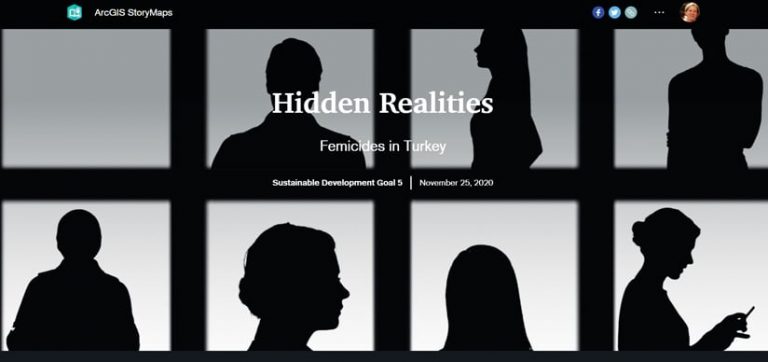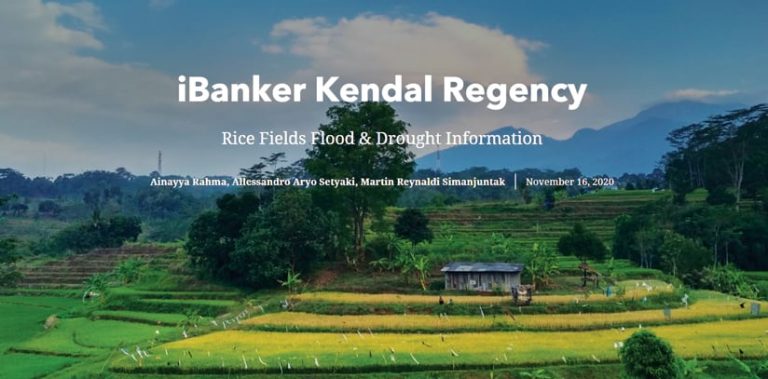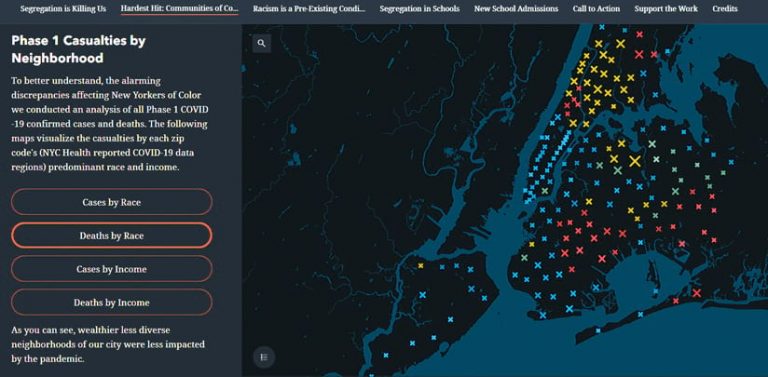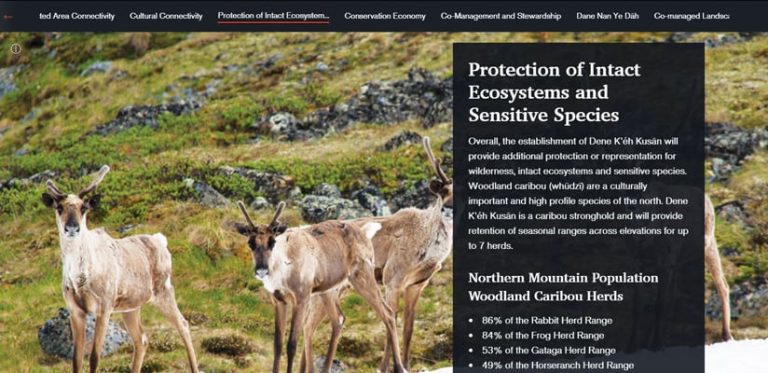ArcGIS StoryMaps Contest Winners
The winners chosen from more than 300 entries in the 2020 ArcGIS StoryMaps Competition for the Sustainable Development Goals have been announced. Storytellers from more than 47 countries worldwide used ArcGIS StoryMaps to communicate solutions to global challenges through GIS and storytelling.
The contest, sponsored by Esri and the United Nations (UN) Sustainable Development Solutions Network (SDSN), encouraged entrants to use innovative storytelling techniques, mapping best practices, and media to create stories focused on achieving the 17 Sustainable Development Goals (SDGs) adopted by all United National member states. These goals recognize that improving the lives of the world’s people must include safeguarding the environment while developing strategies for improving health, education, and economic conditions.
The contest affirms the need for geospatial data and GIS tools to produce the geographic knowledge to understand these challenges, support the development of effective strategies, and communicate with decision makers and the public both.
The top three stories in the student and professional categories were selected from the 20 finalists by the guest judges. The four guest judges were Jeffrey Sachs, economist and president of SDSN; Hindou Oumarou Ibrahim, UN SDG advocate and environmental activist; Alex Tait, who leads geopolitical and cartographic direction at the National Geographic Society; and Dawn Wright, chief scientist at Esri. Each judge has spent years contributing to the science, policy, and educational efforts to support sustainable local and global communities.
“The submissions were incredibly high quality and covered really important topics. I was very impressed both by the student and the professional categories, in the topics that were picked and the statistical and human stories that supported the SDGs,” said Tait.
Student Track Winners

The competition received student submissions from 74 schools in 22 countries and 18 US states. The first-place winner resulted from the collaboration of Melissa Kaslowski at Columbia University, Zeynep Abes at University of California Los Angeles, and Eda Kazancioglu at Emerson College. “Hidden Realities: Femicides in Turkey” addressed SDG 5, Gender Equality. It is a compelling story not only because of its excellent organization and effective use of infographics, but also because it put the faces of women on those numbers.
Ainayya Rahma, Allessandro Aryo Setyaki, and Martin Reynaldi Simanjuntak, students at Universitas Negeri Semarang in Indonesia, took second place with “iBanker Kendal Regency”. They told the story of how flood and drought impact agricultural production in Kendal Regency in Central Java Province in Indonesia.

Kellie Ward at the University of Tennessee, Knoxville, won third place for “What you CAN’T see in the Tennessee River”. The story examines threats from industrial chemicals, raw sewage, microplastics, agricultural pollution, and urban and household pollution. The Tennessee River is a water source for recreation, power generation, drinking water, and biodiversity. The story makes effective use of infographics, animated charts, artwork, and videos as well as maps.
Professional Track Winners

More than 150 government agencies, nonprofits and NGOs, educational institutions, and private entities vied in the professional track. First place in this track went to “Segregation is Killing Us,” an entry by Zarith Pineda, Victoria Vuono, Cecilia Gonzalez-Rubio, and Yi Zhang of Territorial Empathy, a nonprofit design collective. This story uses a variety of maps, charts, video, and analysis to demonstrate how the effects of COVID-19 have beem exacerbated by racial segregation in New York City. It looks at how the long-term impacts of segregation are causing a public health crisis in the city.

Author Corine Porter of the Dena Kayeh Institute in Canada won second place in this category. Her story, “Dene Kéh Kusn,” makes the case for preserving the Kaska Ancestral Territory in northern British Columbia as an Indigenous Protected and Conserved Area through maps, stunning photos, and analysis of the priceless natural resources this area contains.
“Keeping up with the Kuchis”, the third-place winner, was submitted by Alcis Holdings Ltd., an Esri partner that provides geospatial services to its clients and beneficiaries. This story follows the nomadic Kuchis as they travel across Afghanistan looking for pasture and water to raise their animals. It provides a 3D, interactive experience that connects current mapping efforts with an assortment of SDGs.
Congratulations go to winners, finalists, and all entrants in the 2020 ArcGIS StoryMaps Competition for the SDGs. Explore the winning stories on the 2020 ArcGIS StoryMaps Competition for the Sustainable Development Goals pages and on SDGs Today, a global hub site for real-time SDGs.

